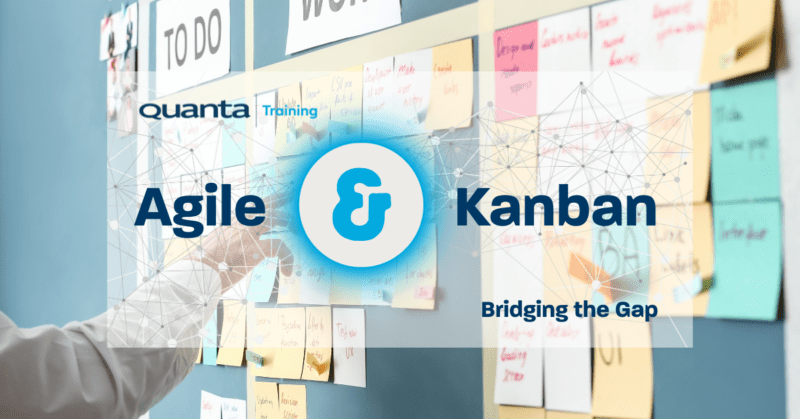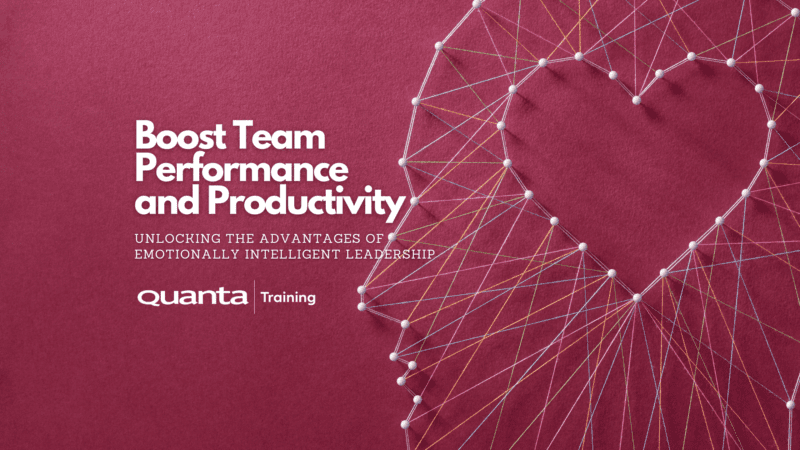Registered Scrum ProductOwner@Scale
Course Code: CLAAGIL6521


Optimize product vision, prioritization, and release planning for multiple products & teams.
Effective Product Leadership is essential for agile project success, particularly within the challenging realm of Scrum. This course equips you with the skills and insights to excel as a Product Owner, drawing on extensive global experience in scaling product management. Through interactive sessions and real-world case studies, you'll gain practical expertise in navigating product leadership within a scaled environment. This training empowers you with the knowledge and tools necessary to advance your career and make a significant impact at scale.Book a Private Event
If you require the content of this event tailored or have around 7 or more people to train it maybe better for you to host a Private Event, please get in touch to discuss this.
Book a Private EventDescription
You will learn how to
- Create vision statements that align enterprise goals
- Coordinate a network of teams
- Move your vision into actionable backlog
- Communicate value and predictability to stakeholders through forecasting skills
Prerequisites
You will need to have attended and hold the Registered Scrum Product Owner & Scrum@Scale Practitioner qualifications to be eligible to attend this course. In addition experience in product management and product ownership is extremely helpful.
Introduction to Product Ownership@Scale
• Summarize the Product Owner role at the team level
• Explain how Scrum@Scale serves as an organizational operating system with the Scrum Master and Product Owner Cycles working in parallel to deliver customer value
• Articulate the purpose of having a Reference Model
• Define Modular Architecture and explain how this concept relates to an Agile Product Development environment
• Identify the four Organizational Mega-Issues
• Recognize key principles for how and when to scale agile product development
Demystifying the MetaScrum
• Summarize at a high level how the Executive MetaScrum and Executive Action Team work together
• Facilitate an effective MetaScrum event
• Coordinate with other Product Owners in their Scrum of Scrums, or network of teams, to deliver an integrated product increment
• Coordinate with other parts of the organization outside of their Scrum of Scrums
Team Process
•Articulate the “3-5-3” of the Scrum team-process, and explain how each component is relevant from the perspective of a Product Owner@Scale
Strategic Vision
• Discuss how the (Executive) MetaScrum drives the development of a Strategic Vision
• Asses examples of real-world strategic vision statements
• Utilize a lean/business canvas as a tool for developing a product vision
• Create an overarching vision for their product & determine a plan for building alignment with key stakeholders to secure support for backlog implementation
• Communicate a strategic vision and make it visible to everyone in the organization
• Identify target customer segments and articulate what pain-point or problem their product solves
Prioritization
• Demonstrate techniques for evaluating Business Value
• Conduct Empathy-Driven Customer Exploration & describe what goes into a customer persona
• Describe the method of Weighted Shortest Job First (WSJF)
• Identify and discuss at least 3 common prioritization pitfalls
• Contrast the ‘Jobs to Be Done’ approach which emphasizes the solution needed with the Persona approach
• Contrast considerations for prioritization at the product vs. portfolio levels
Decomposition and Refinement
• Capture new ideas and emerging requirements for new functionality
• Execute a multi-project backlog decomposition and refinement process
Release Planning
• Drive the creation of a roadmap to and Release Planning for multiple teams
• Utilize the large scale estimation technique to determine the time-frame needed to deliver a product or suite of products
• Contrast how this technique differs depending on a stable set of teams vs. a variable set of teams
• Contrast at least 2 methods for determining business value.
Product and Release Feedback
• Metrics to manage feedback
• Identify assumptions made on behalf of the customer and explain how to validate them.
• Evaluate Product-Market Fit for a given product, feature or service
• Describe how a “Minimum Viable Product (MVP)” relates to the “build, measure, learn” loops when working with multiple teams or on a large-scale product.
Metrics and Transparency
• Understand how the Executive MetaScrum uses data to set up an initial customer profile and continuously evolves it
• Discuss the purpose of utilizing business values metrics across an organization
• Extrapolate techniques for measuring the success of their product or service
• Describe the importance and application of having Metrics and Transparency in a Scrum@Scale environment
• Explain the significance of Decision Latency as it relates to project success and failure
• Identify Metrics for measuring outcome over output
• Generate Objectives and Key Results (OKRs) for their product(s)
• Summarize why Metrics play an important part of product discovery and evolution
• Identify key metrics the Product Owner cycle needs to measure to evaluate the product across the following areas:
– Productivity
– Value Delivery
– Quality
– Sustainability
Leverage Artificial Intelligence
• Utilize AI to enhance the role of Scrum Product Owner@Scale
Additional Exam Information
Students who successfully complete the course and pass the exam will earn their Registered Product Owner@Scale™ credential signed by the co-creator of Scrum, Dr. Jeff Sutherland.
Pre-Coursework
You will need to have attended and hold the Registered Scrum Product Owner & Scrum@Scale Practitioner qualifications to be eligible to attend this course. In addition experience in product management and product ownership is extremely helpful.
Get Started
Forget trawling through endless course catalogues – Find the training that’s right for you
Learn MoreLatest from our blog
Kanban and Agile: Bridging the Gap
Kanban and Agile: Bridging the Gap Quanta’s Kanban University Certified Trainer Steve Church explores the way in which Agile and…
Read More
How a Ballerina could move into Cybersecurity
Jason Ford, Quanta Cybersecurity and IT Trainer talks about the limitations in Cybersecurity Training courses. Jason discusses a safe and…
Read More
Boost Team Performance and Productivity: Unlocking the Advantages of Emotionally Intelligent Leadership
Quanta People Development and Leadership Trainer, Giles Collins outlines the key elements of Emotionally Intelligent Leadership and how it impacts…
Read More



